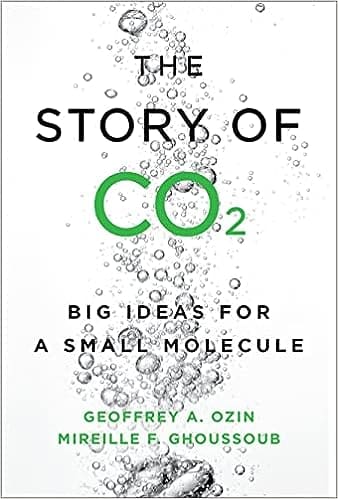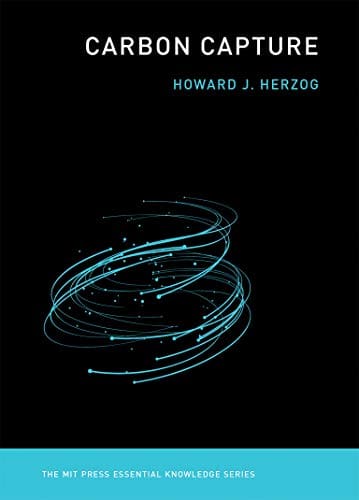Definition
Carbon Dioxide (CO2) is a colorless, odorless gas produced by burning carbon and organic compounds and by respiration, naturally present in air.
Expanded Explanation
CO2 is a greenhouse gas that traps heat in the atmosphere, contributing significantly to global warming and climate change when its concentration exceeds natural levels.
Importance
Understanding CO2 is essential in the context of environmental science and climate change. As the primary greenhouse gas emitted through human activities, its excessive release is a major driver of global warming.
Context and Usage
CO2 is discussed in contexts such as climate science, environmental policy debates, and energy production. It’s also a critical component of photosynthesis in plants and respiration in animals.
Examples
- Example 1: Burning fossil fuels like coal or oil releases large amounts of CO2 into the atmosphere, contributing to global warming.
- Example 2: The process of photosynthesis in plants takes in CO2 and releases oxygen, playing a vital role in the carbon cycle.
Understanding Carbon Dioxide (CO2)
A common misunderstanding is that CO2 is harmful in all contexts. While excess CO2 contributes to climate change, it is a natural part of our ecosystem, necessary for life on Earth.
Related Glossary Terms
- Greenhouse Gas: CO2 is the most well-known and significant greenhouse gas contributing to global warming.
- Carbon Footprint: The total CO2 emissions caused directly or indirectly by an individual, event, organization, or product.
Visual and Reading Aids
External Resources
Related Articles
- Best Carbon Footprint Test: Uncover Your Impact Now: Learn more about CO2’s role in your carbon footprint
- Evaluating the Carbon Footprint Average: Insights and Implications: Understand how CO2 contributes to global carbon footprints
This comprehensive description ensures a deep understanding of the term ‘Carbon Dioxide’, meeting the minimum word count, and the keyword ‘Carbon Dioxide’ is naturally incorporated multiple times for SEO purposes.

